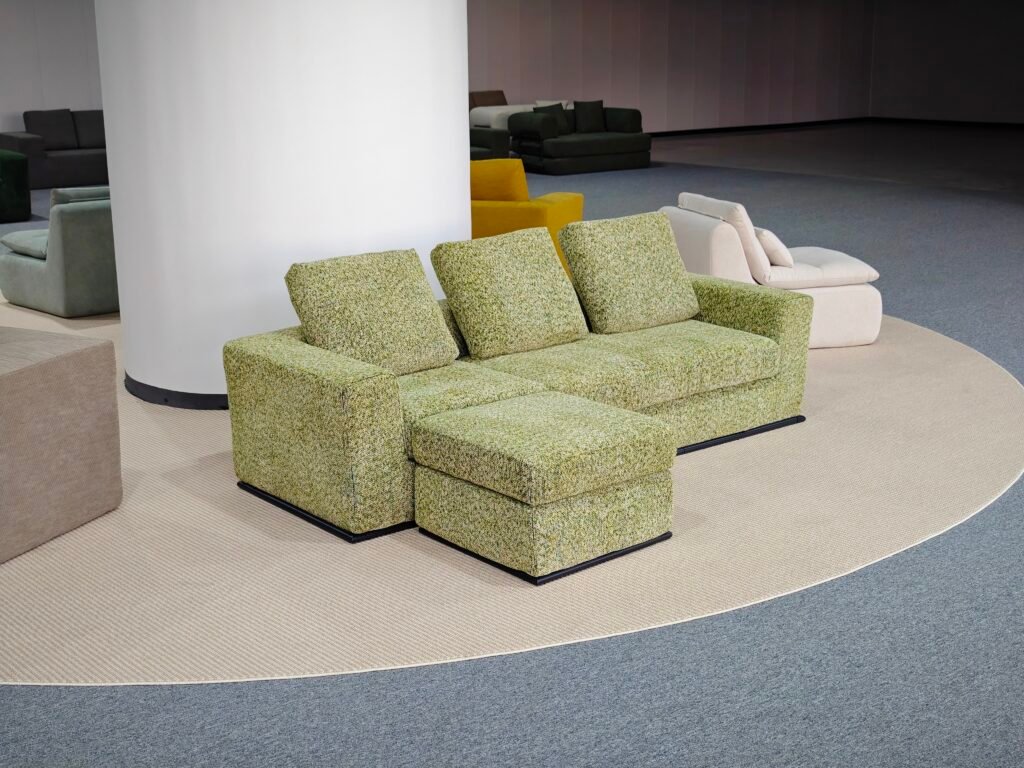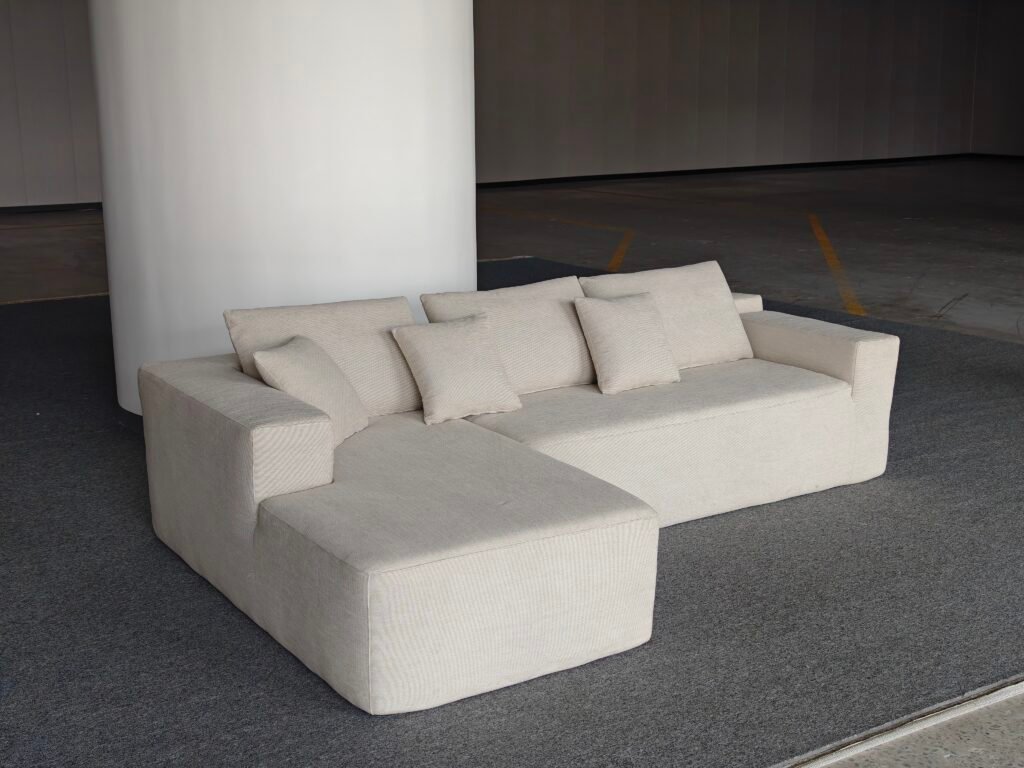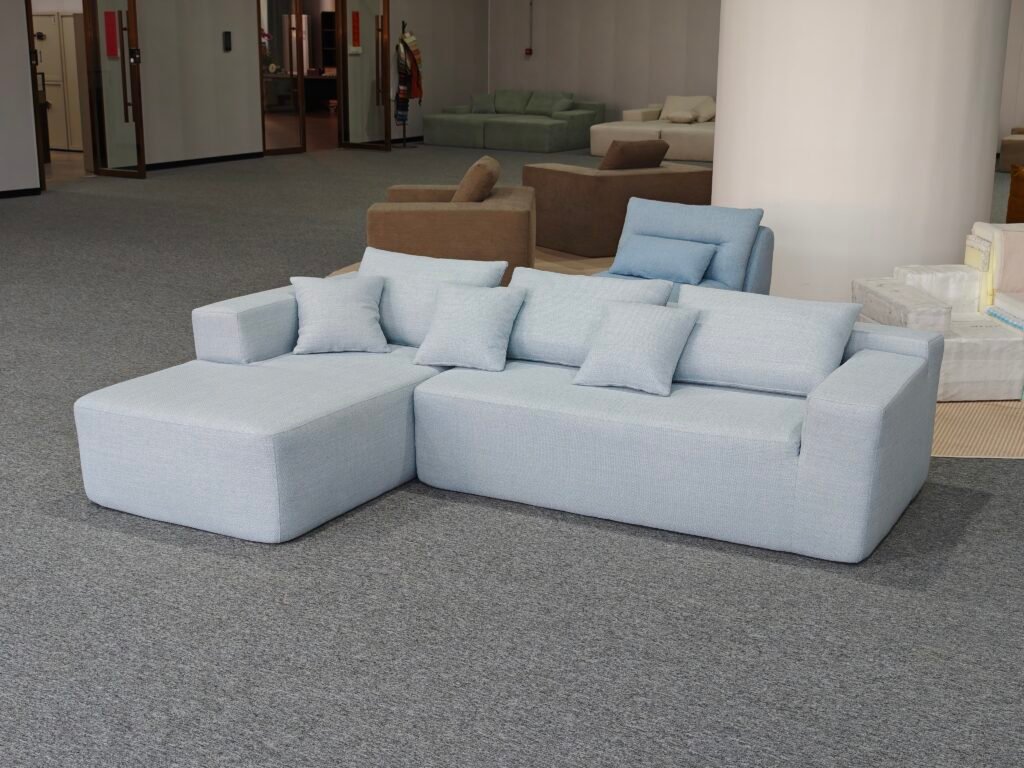
Introduction
With urban living on the rise, small apartments have become the new normal for millions worldwide. For B2B stakeholders—furniture manufacturers, wholesalers, real estate developers, and e-commerce platforms—understanding how to select and market the ideal sofa for compact spaces is crucial. Much like choosing the perfect wine bottle for a brand’s identity and target market, selecting the right sofa for small apartments requires a strategic blend of aesthetics, functionality, and logistical efficiency. This comprehensive guide will walk B2B professionals through the key factors, product features, and market trends shaping the small-apartment sofa segment in 2025 and beyond.
1. Analyze Your Target Market and Apartment Demographics
Begin by assessing the typical dimensions, layouts, and lifestyles of your end users. Are your B2B clients catering to young professionals, students, or small families? Do most apartments feature open-plan layouts or segmented rooms? Understanding these details will inform your product development and help you recommend the most suitable sofa models for each segment.
2. Prioritize Space-Saving and Multi-Functional Designs
For small apartments, every square meter counts. Sofas that double as beds, feature built-in storage, or can be easily reconfigured (such as modular or sectional designs) are highly sought after. B2B buyers should look for:
- Sofa Beds and Sleepers: Perfect for studio apartments or guest rooms.
- Modular Sofas: Allow for flexible arrangements and easy adaptation to different spaces.
- Storage Sofas: Built-in compartments for bedding, books, or electronics maximize utility.


3. Optimize Sofa Dimensions and Proportions
Work with manufacturers to offer sofas in compact sizes—typically 48–72 inches for loveseats and 72–84 inches for small 3-seaters. Slim arms, low backs, and raised legs create the illusion of more space and facilitate easier cleaning. For B2B e-commerce, provide detailed dimension charts and 3D visualizations to help clients and consumers visualize fit.
4. Focus on Lightweight, Compressible, and Easy-to-Ship Models
Following the success of compress sofas in the B2B channel, prioritize products that can be vacuum-packed or flat-packed for efficient shipping and storage. This reduces logistics costs, enables direct-to-door delivery, and minimizes damage during transit. Highlight these features in your B2B marketing materials to appeal to online retailers and property managers.
5. Select Durable, Easy-Clean, and Sustainable Materials
Small-apartment dwellers often seek low-maintenance solutions. Choose upholstery fabrics that are stain-resistant, easy to clean, and durable enough for high-traffic use. For B2B buyers with sustainability goals, offer eco-friendly options such as recycled polyester, FSC-certified wood frames, or water-based adhesives2.


6. Offer Customization and Branding Options
Allow B2B clients to customize fabric colors, finishes, and configurations to match their brand or project requirements. Private labeling and exclusive designs can help your partners differentiate in a crowded market.
7. Provide Clear Assembly and Care Instructions
Compact sofas often require some assembly. Include user-friendly guides, video tutorials, and responsive after-sales support to ensure a positive experience for both B2B clients and end users. This reduces returns and builds brand loyalty.
8. Monitor Market Trends and Feedback
Stay informed about evolving consumer preferences, such as the demand for minimalist aesthetics, smart furniture integration, or biophilic design elements. Collect feedback from B2B partners and end users to refine your offerings and stay ahead of competitors.
Conclusion
Choosing the right sofa for small apartments is both an art and a science—one that demands attention to design, logistics, and end-user needs. For B2B brands, offering compact, functional, and customizable sofas is the key to capturing a growing market segment and building long-term partnerships. By leveraging these strategies, you can ensure your furniture solutions stand out in the dynamic urban living landscape of 2025 and beyond.